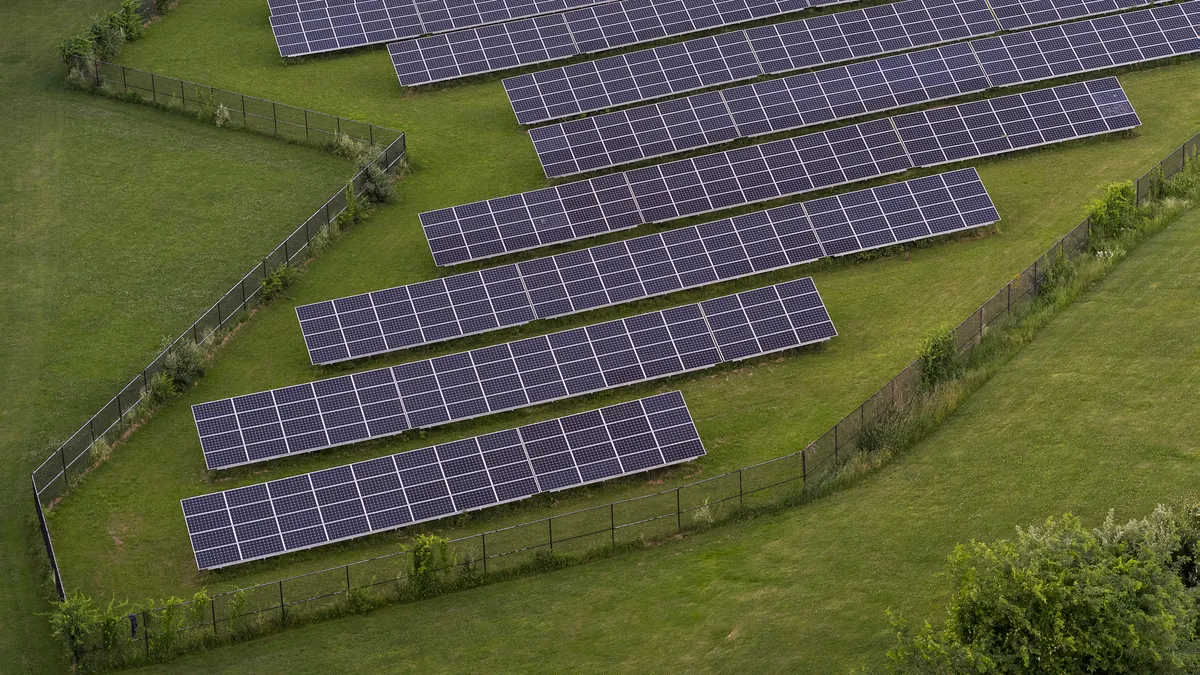The U.S. Energy Information Administration expects electric generation from solar to be the leading source of growth in the U.S. power sector through the end of 2025, with 79 GW of new solar capacity projected to come online over the next two years.
In the EIA’s latest Short-Term Energy Outlook, released Tuesday, the agency said it expects renewable energy’s overall share of electricity generation to rise to 26% by the end of 2025, while natural gas drops from 42% in 2023 to 41% in 2025.
Solar is surging ahead thanks to significant anticipated capacity increases this year and next. The sector is expected to add 36 GW of new capacity this year, and 43 GW in 2025, EIA said.
“The new capacity will boost the solar share of total generation to 6% in 2024 and 7% in 2025, up from 4% in 2023,” said the agency. “We forecast that overall U.S. electricity generation will grow by 3% in 2024 and be unchanged in 2025.”
Solar is expected to increase from 95 GW of total generating capacity to 131 GW in 2024, then climb to 174 GW by 2025. In comparison, natural gas capacity is expected to remain at 489 GW in 2024, then increase slightly to 492 GW in 2025.
Though natural gas production along with crude oil production are expected to begin to slow, both have recently been hitting record highs. Even slower growth “will still establish new annual records in U.S. crude oil and natural gas production,” EIA said.
However, coal production and consumption are expected “to fall to volumes not seen since the early 1960s,” the agency said. “Coal consumption falls because demand declines in the electric power sector, and coal production then declines in response.”
Battery storage capacity additions are projected to nearly double this year, increasing from 17 GW to 31 GW, after which EIA expects growth will slow and 2025 will see battery capacity reach 40 GW.
A December report from the Solar Energy Industries Association and Wood Mackenzie projected that after a period of intense growth, solar growth will begin to decline in 2026 “as various challenges like interconnection constraints become more acute,” Michelle Davis, head of solar research at Wood Mackenzie and lead author of the report, said.
Solar has grown exponentially in recent years, increasing installed capacity by an average of 44% per year from 2009 to 2022, EIA said in November.
The Solar Energy Industries Association did not respond to a request for comment on the latest EIA projections by publication time.














